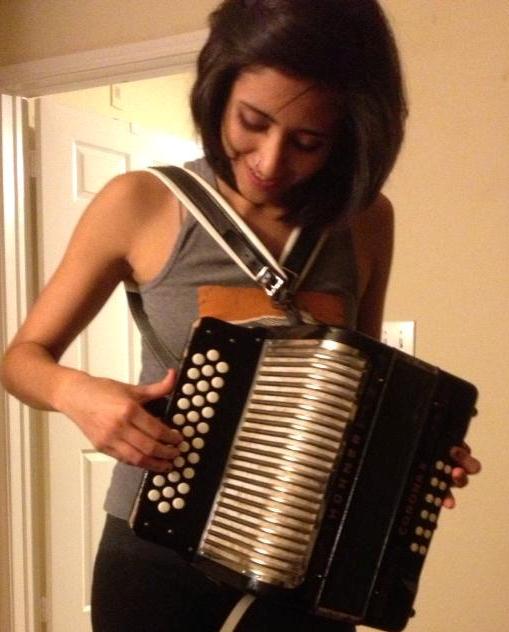Texas Folklife just returned from our nation’s capital after
having the great honor of presenting for the third time for American Folklife
Center’s Homegrown Concert Series. Our first time was in 2009 when we brought
legendary blues guitarist Barbara Lynn and her band from Beaumont, TX. We were
invited back last year to present Los Tres Reyes, the kings of trio music and
were excited to return with Grammy-award winners Los Texmaniacs this year.
Texas Folklife has known Max Baca and Los Texmaniacs for
years and has collaborated many times through our Big Squeeze contest and Accordion
Kings & Queens concert. Most recently we worked together to promote our new
live CD of the 2012 Accordion Kings & Queens show that they headlined with
Flaco Jimenez by having a release party at Austin night
club, Antone’s. Travelling out of state or country with friends is always a fun
experience, so we were excited to hit the road with Los Texmaniacs to
Washington, D.C. Unfortunately we don’t have our own tour bus yet at Texas
Folklife so we actually all flew in separately, meeting there the morning of
the show.
The Homegrown Concert Series showcases traditional music
from around the country and includes two free public performances by each
artist in addition to an oral history style interview conducted by the
presenting organization. We started the day at the beautiful Jefferson Building
where the Library of Congress is housed and the first performance which was in
the Coolidge Auditorium. Betsy Peterson, director of the American Folklife
Center, introduced Texas Folklife which was a treat since Betsy was one of the
founders of Texas Folklife. The band gave a great one hour show for many excited
music fans, most of whom were spending their lunch breaks with us. Afterward,
the stage was cleared of instruments and chairs and tables were put out in a
talk show configuration for a video webcast interview with the band. We squeezed into a tight semi-circle and
the AFC staff turned on the cameras. It was fun to do a video interview as a
contrast to the audio interview we had conducted with the band the month prior.
Also, we got the chance to interview newly appointed bass player, Noel
Hernandez, as well as guest guitarist Willie J. Laws and longtime Texmaniacs
drummer Lorenzo Martinez who weren’t able to make the San Antonio interview. The webcast will be shared on the AFC website
in a few months. We then rushed off to the second show of the day, at the John
F. Kennedy Center for the Performing Arts. The Millennium Stage at the Kennedy
Center hosts a free show every day of the year. This show is also webcasted live on a stream via the Kennedy Center website.
After a few nervous moments
right before the show when Josh’s accordion broke and we scrambled to locate a
Hohner accordion in Washington, D.C. the guys were off and running with another
amazing set of authentic Texas music. And at the Millennium Stage there’s room
to dance!
The TXF staff didn’t have time for much sightseeing on this trip, but we were able to spend time with good friends and family. And I got a tour of the Smithsonian Folkways offices and archives. This is the room
where they package all of the orders for CDs, records, books and DVDs placed online.

 I
also took some photos of the street art in the Adams Morgan district which
included graffiti and murals.
I
also took some photos of the street art in the Adams Morgan district which
included graffiti and murals.Lastly, by chance we stayed in the very hotel my grandfather and former General Manager of the State Fair of Texas, Joseph Rucker Jr., stayed in when on business trips nearly 50 years ago!
We’d like to thank everyone at American Folklife Center, Kennedy Center, Smithsonian Folkways and the audiences who attended these shows. We were excited to hear that Los Texmaniacs 2nd release on Smithsonian Folkways, Texas Towns and Tex-Mex Sounds, has just been nominated for a Latin Grammy. Congratulations, guys!













